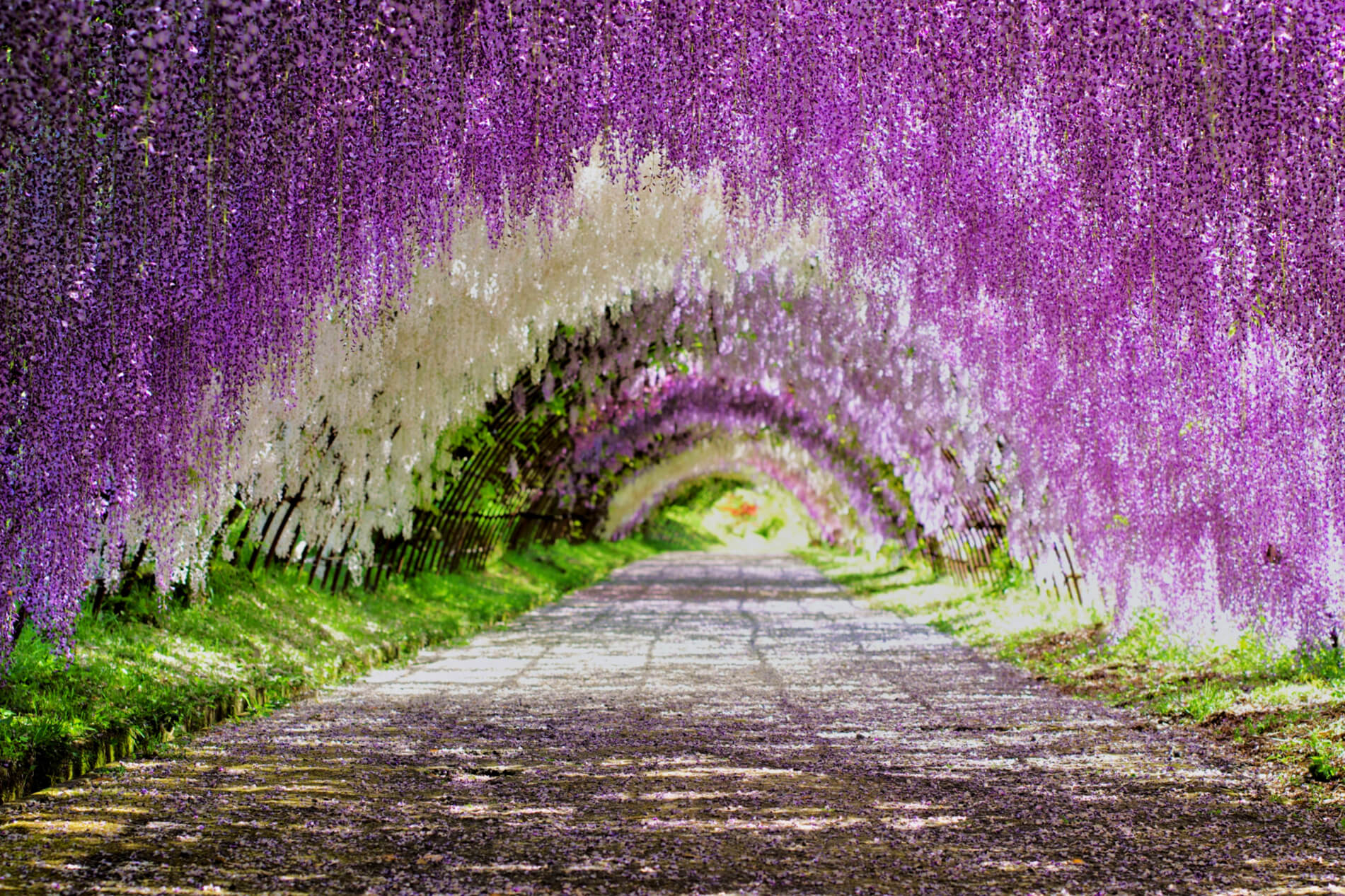

Partial or dappled shade is required for variegated varieties to prevent the leaves from being scorched by the strong afternoon sun.Other soils can be enriched with ericaceous compost when planting. A moist yet well-drained, slightly acidic loam rich in organic matter is ideal.
 They will grow in most soils except very dry, waterlogged or alkaline conditions. Acer palmatum dissectum cultivars in particular have a low tolerance to windy conditions. Above all, Japanese Acers require a sheltered position away from strong northerly winds and frost pockets. Their natural habitat is out of strong winds, with some light shade and normally a neutral to acidic, moist but free-draining soil. Japanese Acers are native to the hills and forest fringes of Japan, Korea and Mongolia where they grow in the shade of larger trees on woodland fringes, which makes them more shade-tolerant than other deciduous trees. However, the leaves are smaller than traditional maples and many varieties have deeply dissected, almost feathery leaves that might not be immediately recognised as a maple tree. Like all maple trees, Japanese Acers have lobed foliage with veins spreading out like the fingers of a hand. They are generally slow growing and come in varying forms such as weeping, upright and spreading. Japanese Maples are small, deciduous trees best known for their elegant, architectural form and stunning autumn foliage colours.
They will grow in most soils except very dry, waterlogged or alkaline conditions. Acer palmatum dissectum cultivars in particular have a low tolerance to windy conditions. Above all, Japanese Acers require a sheltered position away from strong northerly winds and frost pockets. Their natural habitat is out of strong winds, with some light shade and normally a neutral to acidic, moist but free-draining soil. Japanese Acers are native to the hills and forest fringes of Japan, Korea and Mongolia where they grow in the shade of larger trees on woodland fringes, which makes them more shade-tolerant than other deciduous trees. However, the leaves are smaller than traditional maples and many varieties have deeply dissected, almost feathery leaves that might not be immediately recognised as a maple tree. Like all maple trees, Japanese Acers have lobed foliage with veins spreading out like the fingers of a hand. They are generally slow growing and come in varying forms such as weeping, upright and spreading. Japanese Maples are small, deciduous trees best known for their elegant, architectural form and stunning autumn foliage colours. #Japanese purple tree how to
How to plant, grow and care for Japanese maple trees






 0 kommentar(er)
0 kommentar(er)
